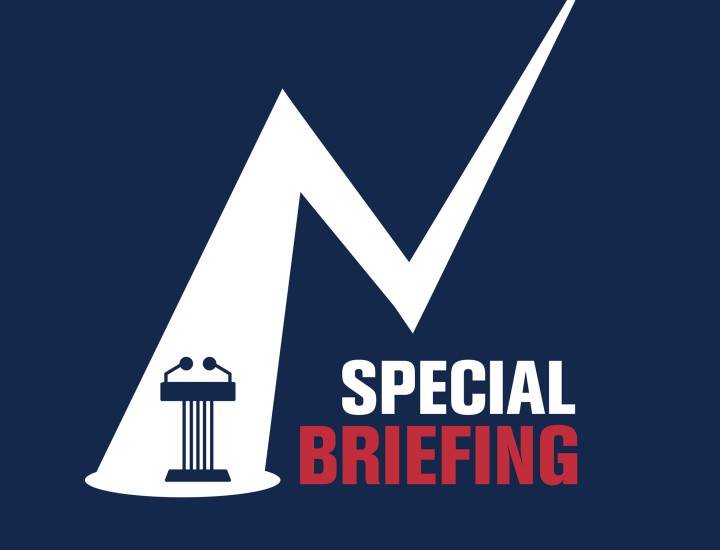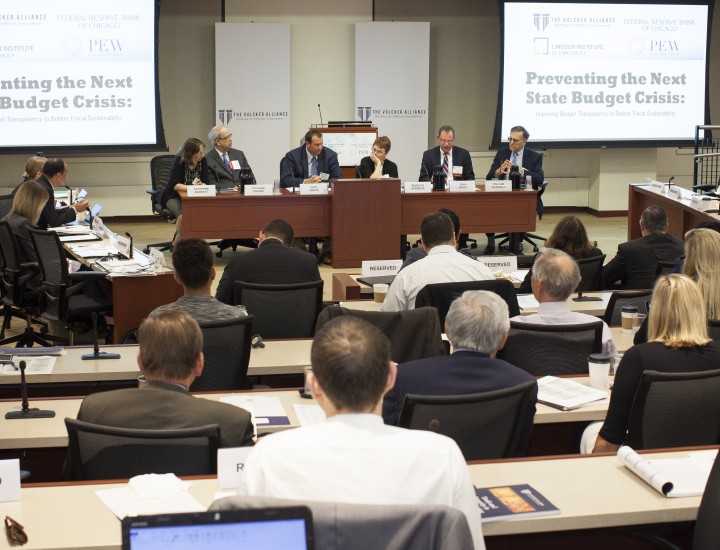It's the Money, Stupid

This article was originally posted February 2, 2018 by Governing.
With 2017 firmly behind us and 2018 newly underway, it’s a good time to look to the coming year in state and local management. We’ve identified several big issues facing officials. And there’s a common thread to all of them: Where’s the money going to come from?
This is a particular dilemma when it comes to emergency management. States, cities and counties will need to focus a good deal of their time and energy on disaster preparedness now and in the years to come. For mayors, county administrators and governors alike, this has never been more obvious than it is now, given the seemingly endless cascade of natural disasters that hit in the past year. As Florida’s Gov. Rick Scott observed a few weeks ago, “Hurricane Irma was the largest hurricane to make landfall in our state in recent history, and we saw firsthand the critical importance of disaster preparedness in our communities.”
From a management point of view, it’s probably unwise to rely on federal funds to rescue states and municipalities when the big storms hit. But the shakiness of funds from Washington goes beyond emergency management. States and localities are more than likely to be hit by a social services tsunami, emanating from reductions in dollars from the federal government. If even a fraction of the cuts that the Trump administration has called for make it through the congressional budgeting process, federal funding for state and local programs and services will be deeply diminished for years. By 2026, the cuts in the Trump budget would reach as high as $453 billion -- or 37 percent of state budgets at that time, according to the Center on Budget and Policy Priorities.
Risks to the flow of federal dollars lead to one of the biggest issues that cities and states will need to attack in 2018: revenue sources. According to the Pew Charitable Trusts, more states than at any time since the end of the Great Recession reported midyear budget gaps in fiscal year 2017. In addition, Pew notes, an unusually large number -- 11 states -- were late in passing balanced budgets by the July 1 start of most states’ current fiscal year. Many forecasts predict that state and local tax revenue growth will remain sluggish.
States and localities should focus on revenue sources or budgeting solutions that have a reasonable chance of sustainability. A recent study by the Volcker Alliance found that over the last few years, more than half the states have turned to budget-balancing maneuvers, such as deferring recurring expenditures. This approach simply can’t continue year after year, because eventually services need to be cut, taxes raised or new revenues found.
So what are the revenue options? One, which we believe is going to hit the headlines more and more frequently, is to curtail the tax giveaways that many states use to attract or retain businesses. Our own belief is that these tax breaks tend not to work out in the long run. Promises made for jobs and attendant revenues, in exchange for tax breaks, are frequently unrealized. Nor do some states know how well those giveaways are working out. The Volcker Alliance found that a quarter of the states don’t even publish information in their budget documents showing the nature and amount of these so-called tax expenditures. Among the other three-quarters, the Alliance reported that “the quality and transparency of the reports vary.”
Another useful option would be for states and localities to advance ongoing efforts to tax more services than they currently do. We’ve been writing about this for years, but the entirely predictable pressures on revenues in years to come have made this move even more important. A little context: Back in 1969, only about one-third of the economy was based in services. Now, according to the Federation of Tax Administrators, it’s closer to two-thirds.
That’s not nearly all the top-of-list issues that state and local governments will have to attend to in 2018. Let’s not forget infrastructure. Roads, bridges, pipes and other publicly owned assets are decaying and need to be fixed. The demand is growing to review infrastructure to help prioritize repairs and spend capital money in the wisest way.
There are also skill-set needs. At a time when states and localities face workforce shortages, particularly in fields like nursing, engineering and information technology, the pressure is on to train current employees to fill the void between capacities they already have and skills that states and localities need.
Finally, there is a move afoot for governments to make efficient use of their data -- to save dollars and improve services.
That means it is growing increasingly important to deal with the obstacles that stand in the way of data sharing. Notable is the fiction that privacy laws prevent much of this activity. Certainly privacy is a crucial consideration, but all too often agencies that simply don’t want to share their information with others claim that privacy laws prevent them from doing so -- even when such laws are being misused and are not insurmountable.
As usual, unfortunately, there’s no clear sailing ahead.


